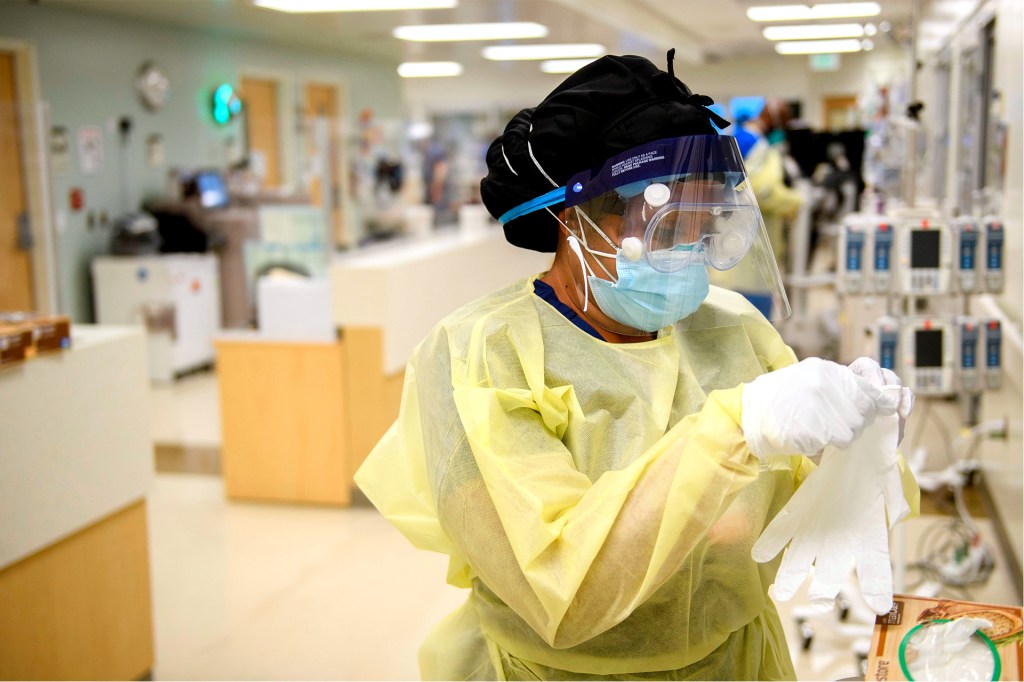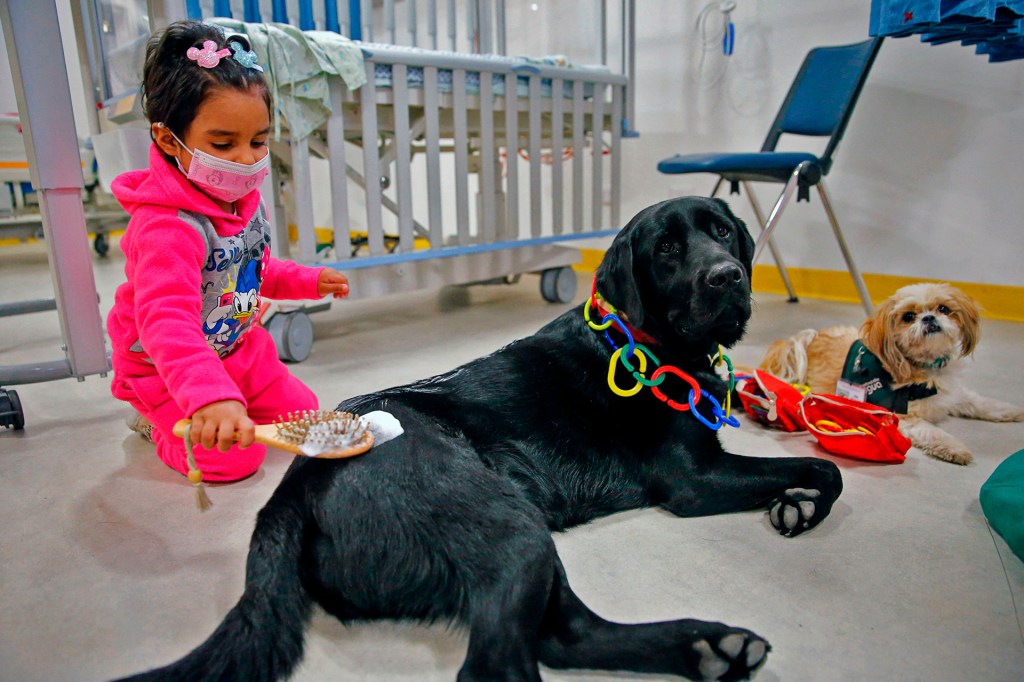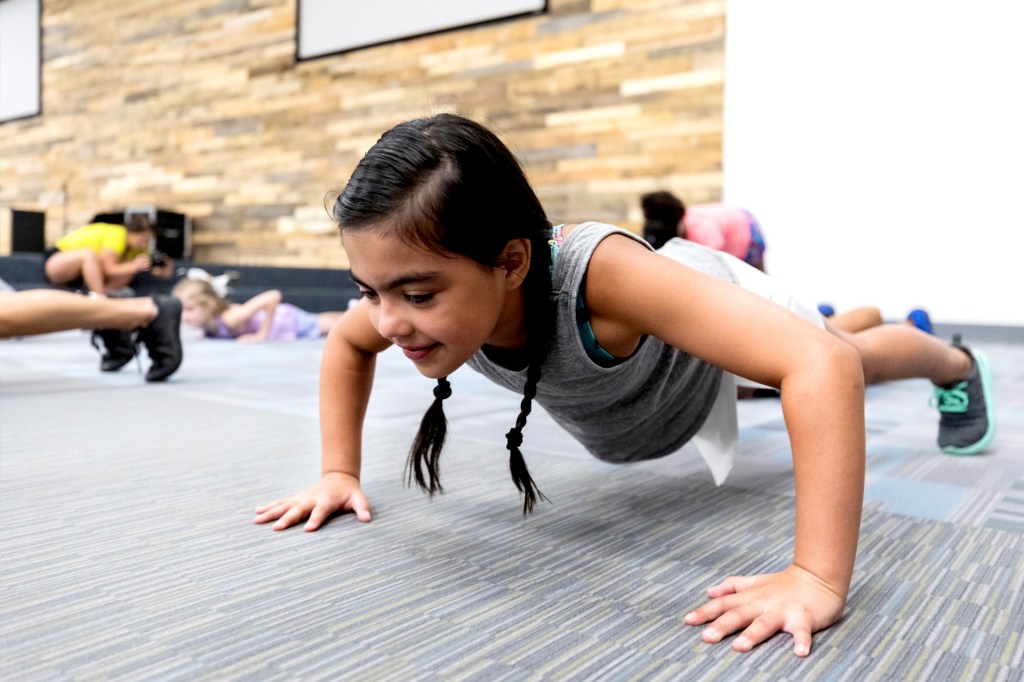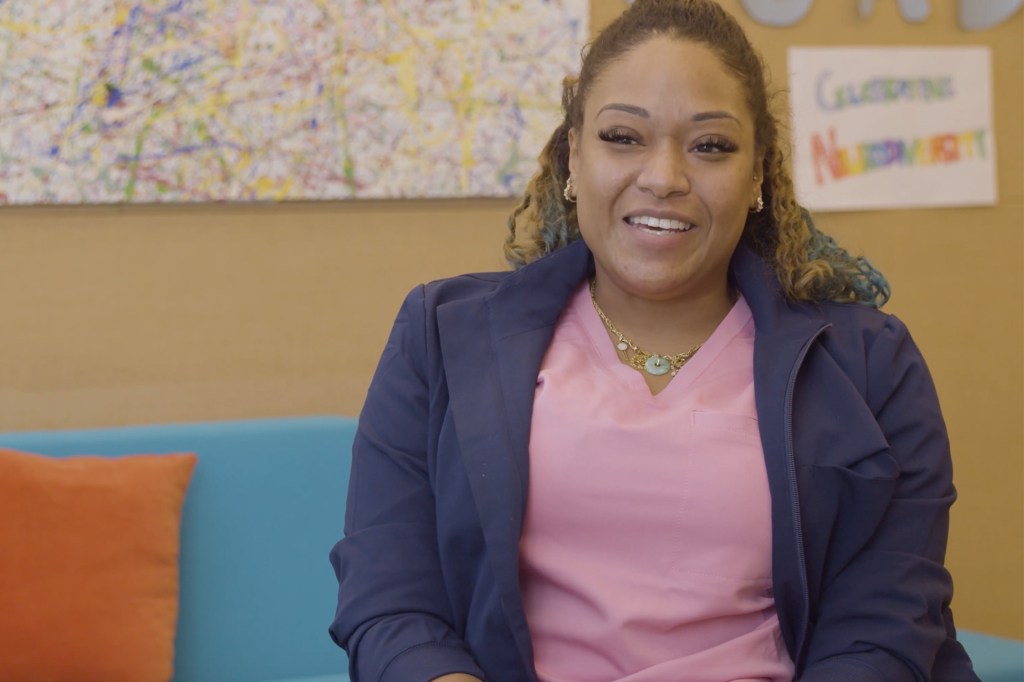Vaccine Trackers
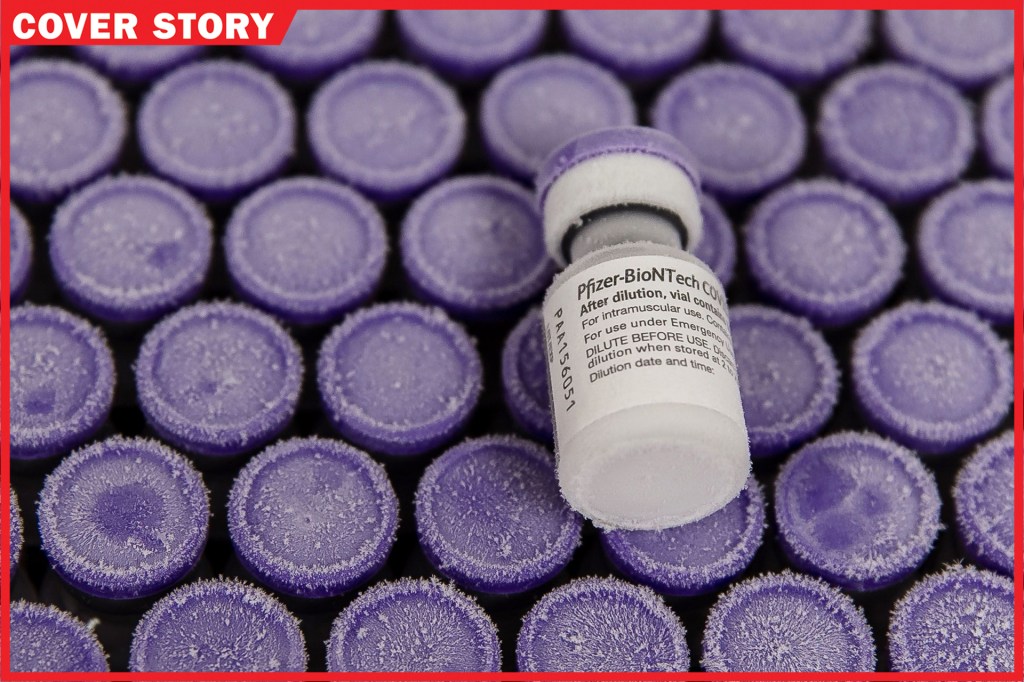
The delivery truck snaked its way over Northern California’s highways. Analysts watched every detail of its trip. They saw the stops the driver took. They knew the weather. Most important, they knew the status of its precious cargo: thousands of doses of COVID-19 vaccine.
In the truck were boxes of vaccine in trays. Each tray held at least 975 doses. They were packed with dry ice, sensors, and tracking devices. In December, Pfizer was the first company to ship COVID-19 vaccines in the United States. Pfizer’s doses must be kept frozen at between -112°F and -76°F. That’s below normal freezer temperatures. (Your home freezer is about 0°F.)
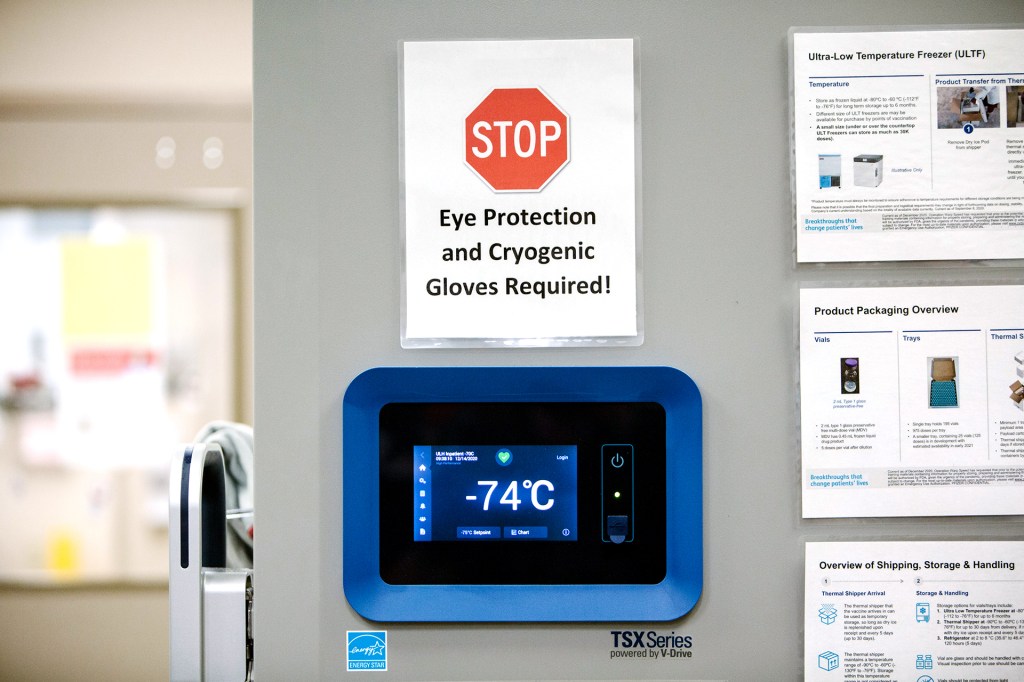
KEEP IT COLD A freezer at a hospital in Louisville, Kentucky, holds vials of the Pfizer vaccine. It’s being stored at -74° Celsius, or about -101° Fahrenheit.
SCOTTY PERRY—BLOOMBERG/GETTY IMAGESThe analysts saw a problem. Two of the trays were too cold. The driver was told not to deliver them. “They never left the truck,” Gustave Perna told reporters on December 16. He runs logistics
logistics
 LUCY LAMBRIEX—GETTY IMAGES
the details of a project, such as how things get from one place to another
(noun)
I handled the logistics of my friend's surprise party.
for Operation Warp Speed. That’s the U.S. vaccine program. “We returned them immediately.”
LUCY LAMBRIEX—GETTY IMAGES
the details of a project, such as how things get from one place to another
(noun)
I handled the logistics of my friend's surprise party.
for Operation Warp Speed. That’s the U.S. vaccine program. “We returned them immediately.”
Shipping millions of vials of vaccine is hard enough. Keeping them properly frozen is even harder. So the government, drugmakers, and delivery companies have worked together. They’ve made a network of monitoring devices and detection systems.
Helpful Technology
Every box of Pfizer’s vaccine has a GPS device. It also has a temperature monitor. And it has a bar code. The bar code is scanned once it reaches a destination. If the doses go to the wrong place, or if they get too hot or cold, officials are alerted.

ON THE MOVE UPS employees in Louisville, Kentucky, receive a shipment of Pfizer’s COVID-19 vaccine. Boxes are then loaded onto trucks and sent out for delivery.
MICHAEL CLEVENGER—GETTY IMAGES/POOLThis information goes to the Vaccine Operations Center. That’s in Washington, D.C. Officials there watch over Operation Warp Speed. The team saw the temperature problem unfold in Northern California. Later, it saw the problem in Mobile, Alabama. “Same anomaly
anomaly
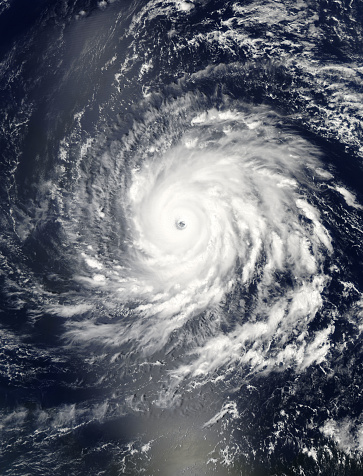 MUSTAFA MAKI/EYEEM—GETTY IMAGES
something unusual
(noun)
A hurricane like that is an anomaly for this area.
,” Perna said.
MUSTAFA MAKI/EYEEM—GETTY IMAGES
something unusual
(noun)
A hurricane like that is an anomaly for this area.
,” Perna said.
This was one of the first delivery problems Perna’s team faced. It won’t be the last. But the technology meant to detect problems had worked. Replacement trays were sent to Alabama and California.
More On the Way
Another vaccine, made by the company Moderna, is now being distributed. It requires long-term storage and shipping at -4°F. That’s far less cold than the Pfizer vaccine requires. And more vaccines are nearing approval.
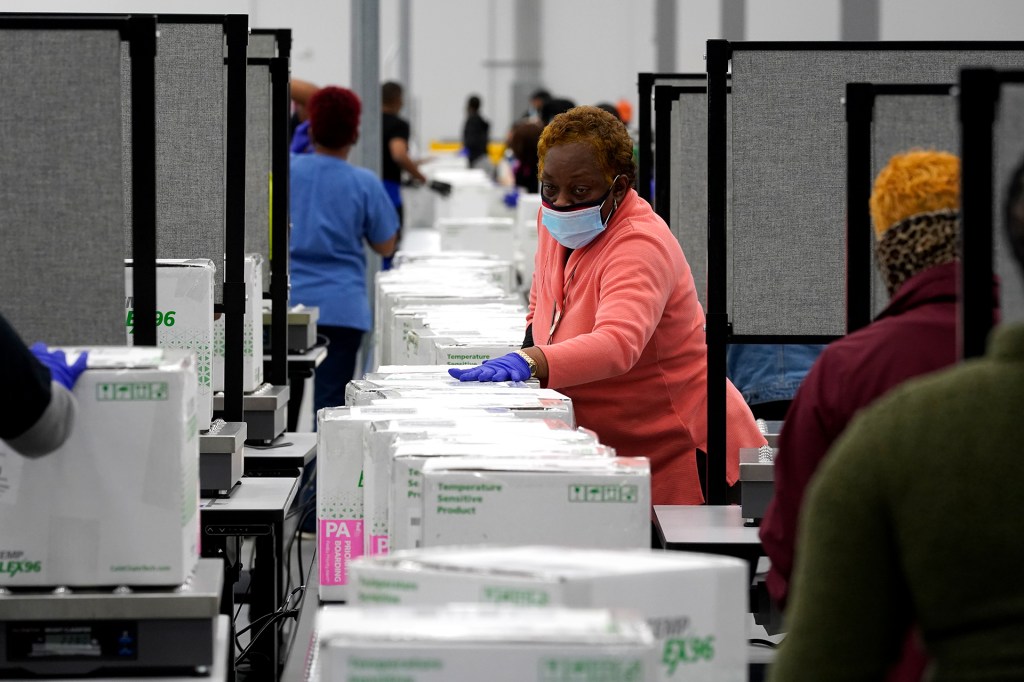
READY TO GO In the U.S., distribution of COVID-19 vaccines began in December. Here, workers in Olive Branch, Mississippi, prepare to ship Moderna’s vaccine.
PAUL SANCYA—GETTY IMAGES/POOLTo keep track of it all, the government made new software. It’s called Tiberius. It lets state and federal agencies track their orders. They can follow their vaccines within the areas they serve. “They can dive in and really go into great detail on making decisions,” says Operation Warp Speed’s Deacon Maddox.
Operation Warp Speed hoped to vaccinate 20 million Americans against COVID-19 by the end of 2020. But only about 4½ million people had gotten a dose by January 4. That’s according to the U.S. Centers for Disease Control and Prevention (CDC). Former CDC director Dr. Tom Frieden spoke to TIME. He said the country “should be focusing on getting the vaccine out as rapidly, as widely, and as equitably
equitably
 JOHN FEDELE—GETTY IMAGES
in a fair way
(adverb)
The doctor made sure that his patients were treated equitably.
as possible.”
JOHN FEDELE—GETTY IMAGES
in a fair way
(adverb)
The doctor made sure that his patients were treated equitably.
as possible.”
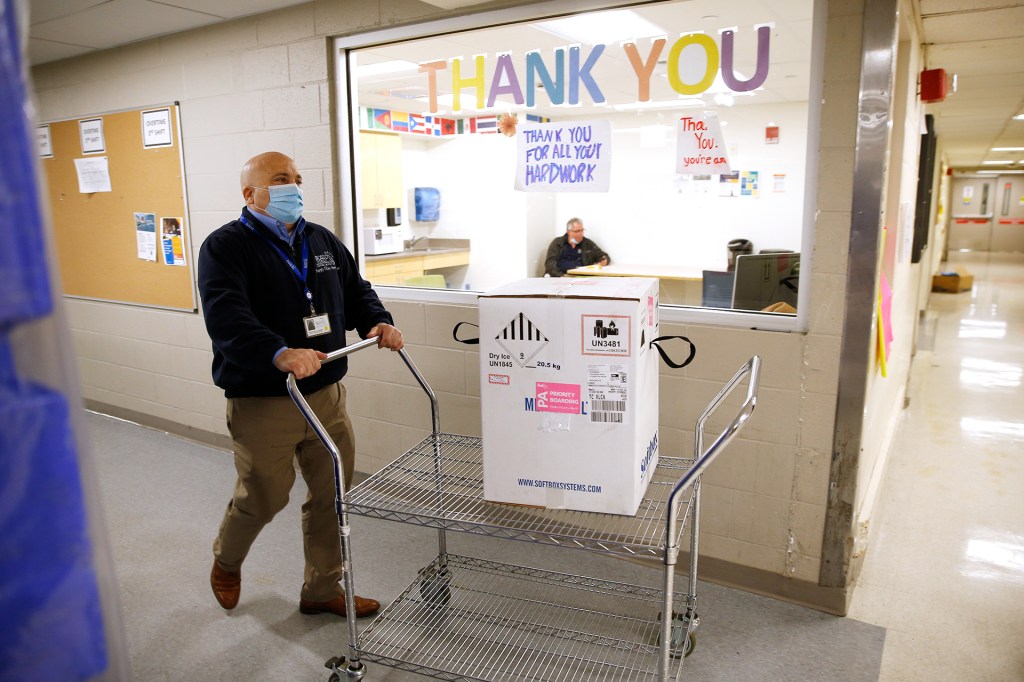
IT'S HERE A worker takes a box of the Pfizer vaccine to the pharmacy at Boston Medical Center, in Massachusetts, on December 14.
JESSICA RINALDI—THE BOSTON GLOBE/GETTY IMAGESThe first people to get vaccinated have been healthcare workers and the elderly. But even with all the technology at work, a vaccine isn’t expected to be available to most Americans until at least spring.
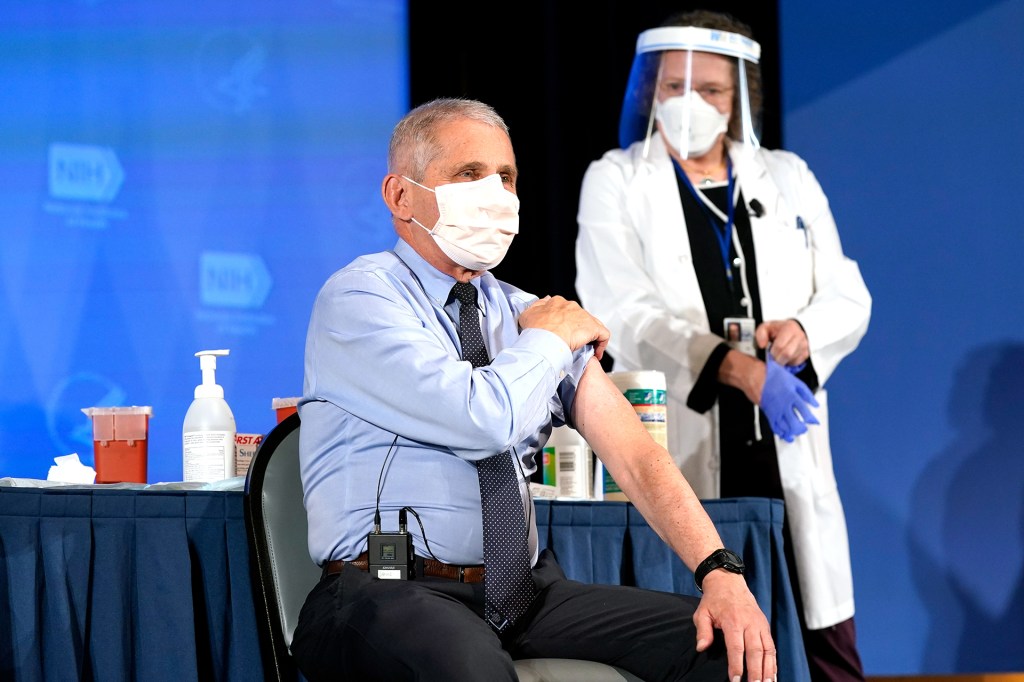
GETTING A SHOT Dr. Anthony Fauci receives his first dose of COVID-19 vaccine, on December 22.
PATRICK SEMANSKY—GETTY IMAGES/POOL




